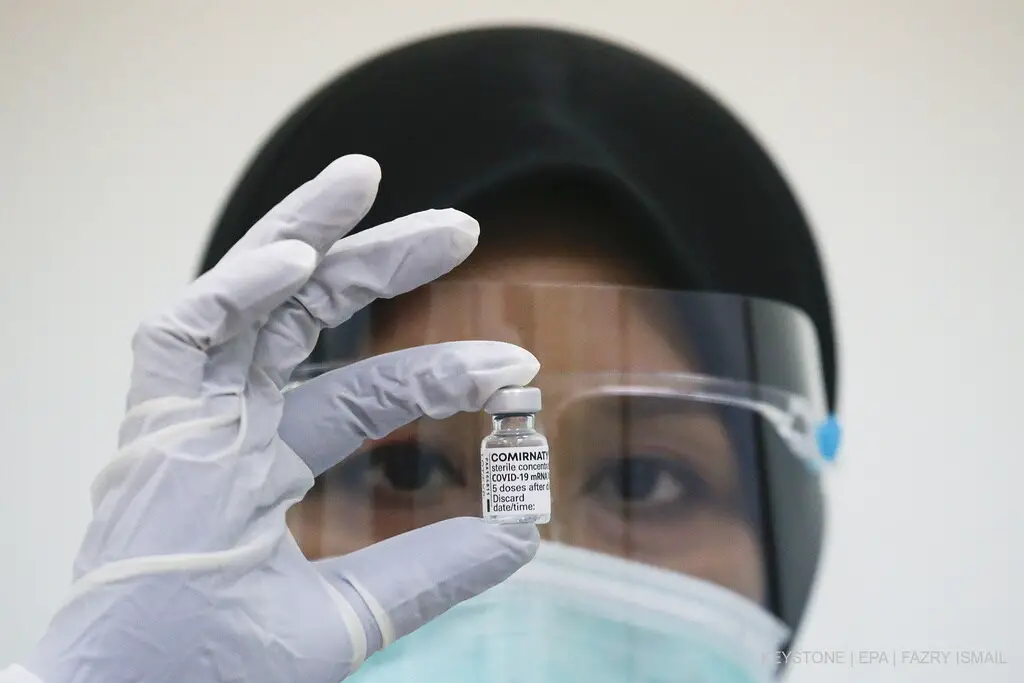Wed, Nov 29th 2023
Researchers at Yale University are preparing to characterize post-vaccine syndrome more precisely.

In the new Yale-LISTEN-study (preprint, not yet peer reviewed), the researchers reveal sad figures. Although chronic post-vaccine syndrome (PVS) after Covid-19 vaccination has already been reported, it has not yet been well characterized.
This study now shows the suffering of vaccine-injured people in more detail. A total of 241 people (211 of them in the USA) took part in the study from May 2022 to July 2023, all of whom were over 18 years old. What they all had in common was that they all self-reported problems that could be categorized as “PVS” after the Covid-19 injection.
Of the people treated, 127 (55%) were treated with the substance from Pfizer-BioNTech and 86 (37%) with the substance from Moderna. The remaining 8% were treated with Janssen (Johnson & Johnson) and other substances.
Here is a sad summary of the side effects that occurred on average within three days of the injection (first, second, third or even fourth+).
The five most common symptoms:
The following symptoms occurred in the week before the end of the survey (at least once a week):
Concerns about the housing situation and food safety were also widespread. To be fair, it must be mentioned here that such fears can also affect people who have never seen a Covid injection up close. Respondents were also asked to quantify the severity of symptoms on their worst days, with “0” indicating an insignificant limitation and “100” indicating an intolerable condition. On average, the participants indicated a severity level of 80.
Those affected did not just sit back and relax, but tried to help themselves or get help. The following treatments were used:
More than 500 additional treatments were reported by participants, such as limiting exercise or exertion, abstaining from alcohol or caffeine, increasing fluid intake and salt intake, and intermittent fasting. As sad as this is, such studies give untreated people the certainty that they have done the right thing by avoiding the ubiquitous injection. And for the victims, some of whom undoubtedly have to accept serious impairments to their quality of life, suitable therapies will hopefully be made available. Not to be forgotten are those who did not live long enough after the injection to be able to take part in such a study at all.
(Source: https://hoch2.tv/beitrag/yale-pvs Author: Patrick Castelberg)
